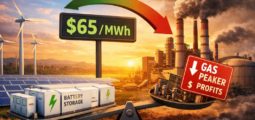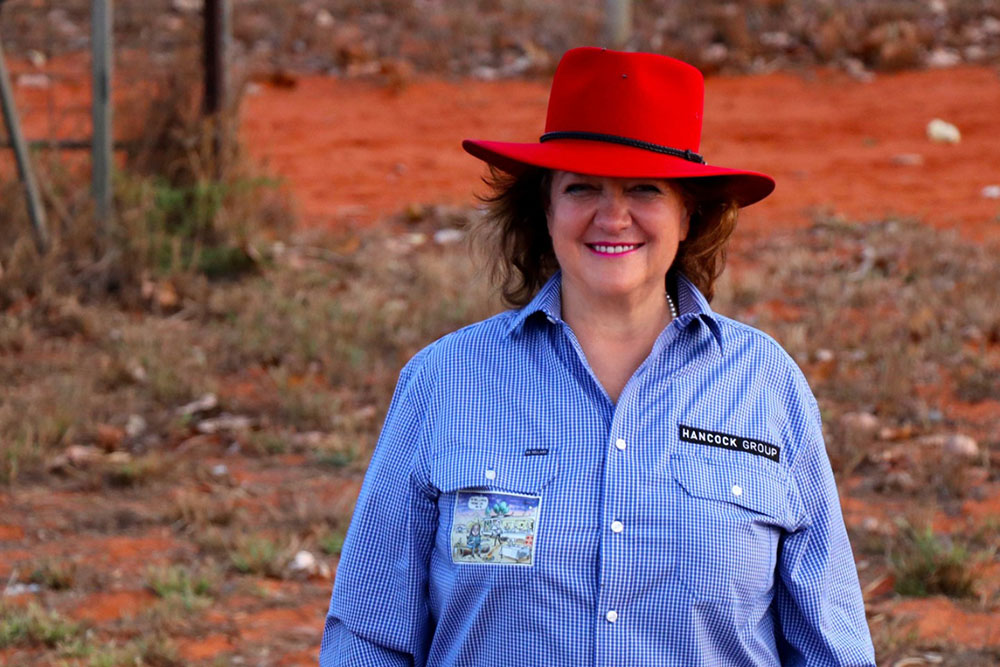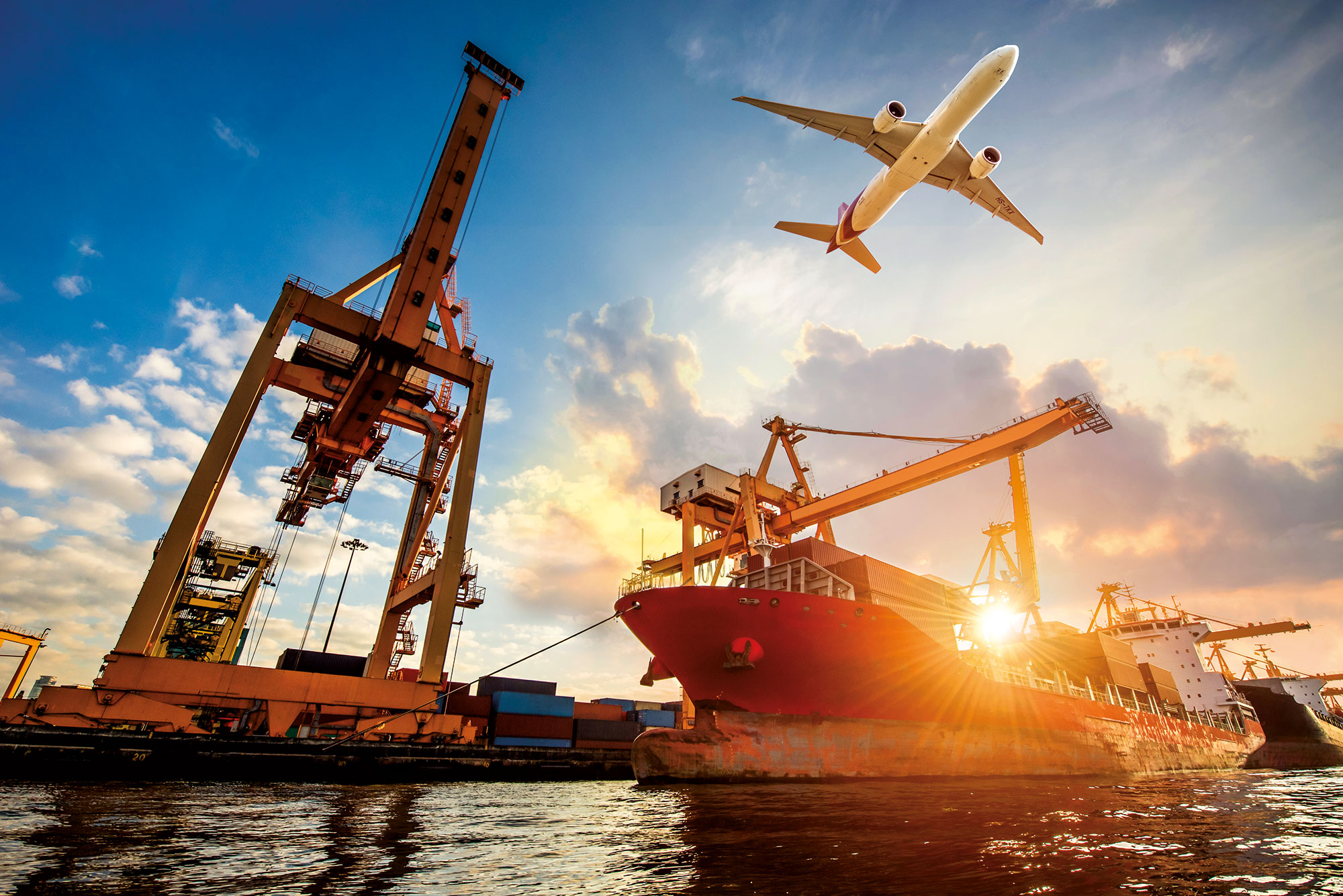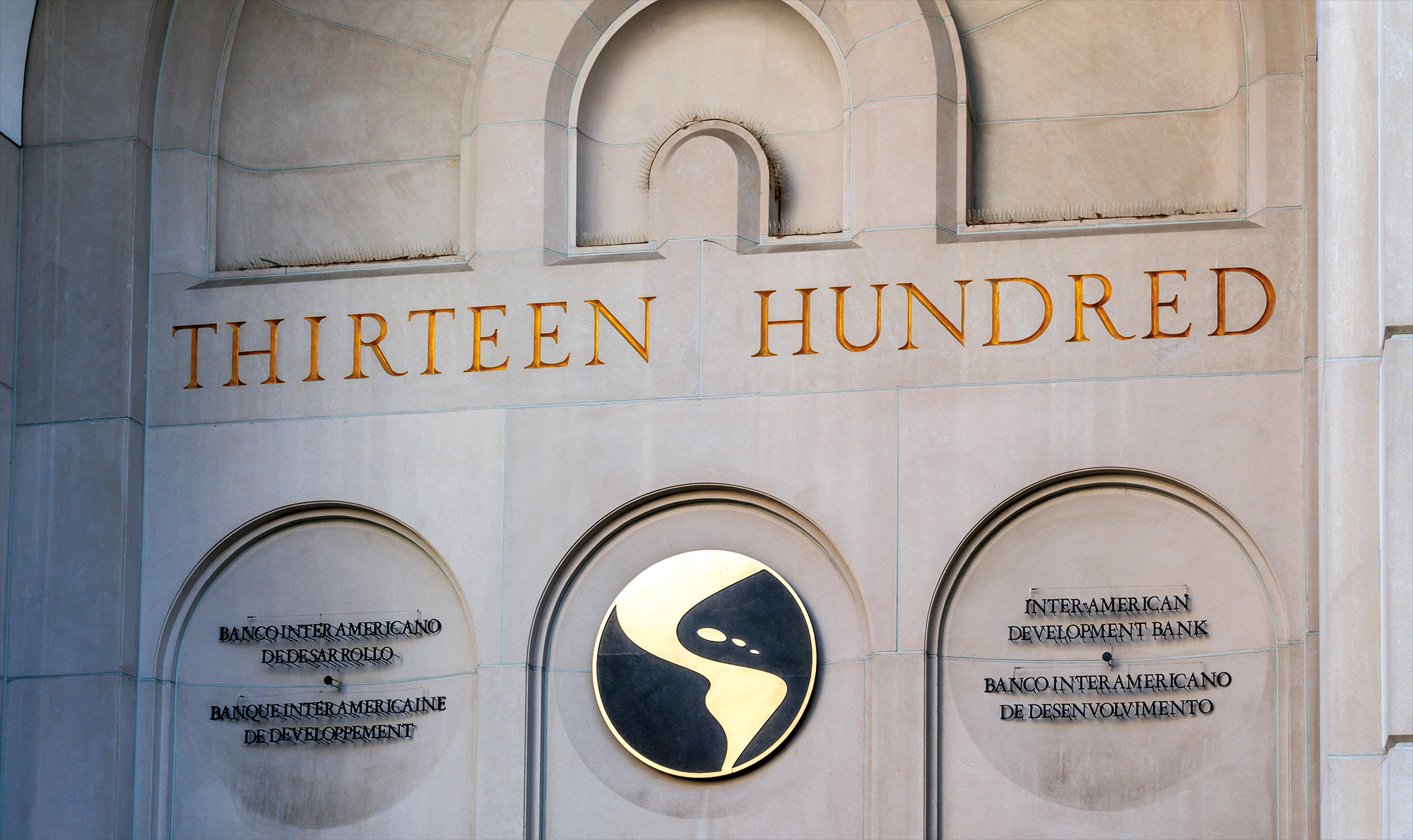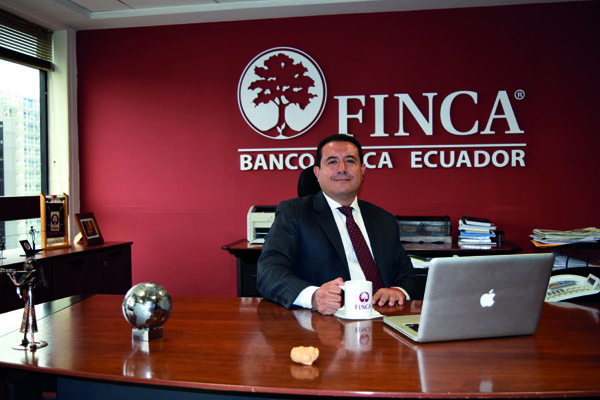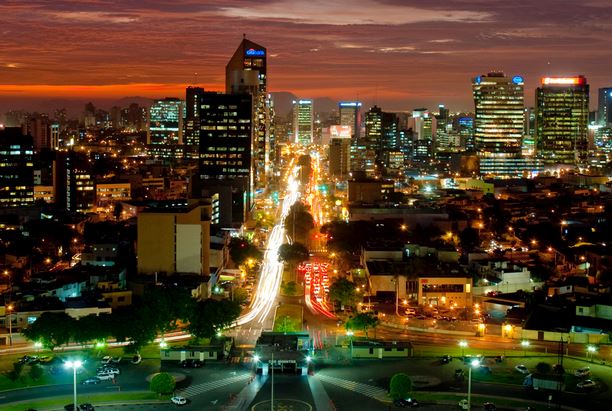[vc_row][vc_column width=”1/2″][vc_column_text]
Ecuador
Ecuador was the 59th largest economy in the world by nominal GDP in 2018. Its GDP per capita was $6,345 USD. It was the largest exporter of bananas by value in 2018. Personal remittances were 2.8 percent of GDP in 2018. It was ranked 66th in the World Bank's Human Capital Index and 102nd in the Economic Complexity Index in 2017. It is a member of the regional trading group Mercosur. Services was the largest economic sector in 2018 (51.6 percent of GDP), followed by manufacturing (14.6 percent), and agriculture (9.24 percent). In 2017, the largest export sectors were agriculture (49.5 percent), minerals (34.45 percent), and services (9.52 percent). The largest individual exports were crude oil (30.4 percent), bananas and plantains (16.15 percent), frozen shrimps (12.35 percent), and travel and tourism (6.84 percent). Its largest export partners were the USA (28.8 percent), Vietnam (6.64 percent), Peru (6.62 percent), Chile, (6.04 percent), and Russia (5.67 percent). The largest goods imports were refined petroleum (13.94 percent), cars (4.15 percent), and aromatic hydrocarbon mixes (4.1 percent). Ecuador gained independence from the Spanish in 1820 and then separated from Gran Colombia in 1830. Between 1860s and 1920s, cocoa was the main export. This was replaced by bananas in the 1940s, and oil in the 1970s. In the 1960s, the country switched from an open trade policy towards import substitution resulting in increased diversification. The economy grew strongly in the 1970s because of an increase in oil prices. The increase in revenue was accompanied by a large increase in public spending. By the late 1980s, public debt and inflation had risen leading to a debt crisis in 1993. The economy stabilised after dollarization in 2000 because it stopped the government from financing spending through seigniorage. Between 2001 and 2012, the oil price increased ten-fold propelling growth. From 2006, personal remittances became the largest source of national income after oil revenue. With the oil price declining in 2014, the economy fell into recession in 2015 and remained in recession in 2016. The government responded with reduced spending and new reforms. Growth has recovered slowly.
[/vc_column_text][vc_column_text] Its population in 2018 was 16,863,425 [1]
Its population in 2018 was 16,863,425 [1]
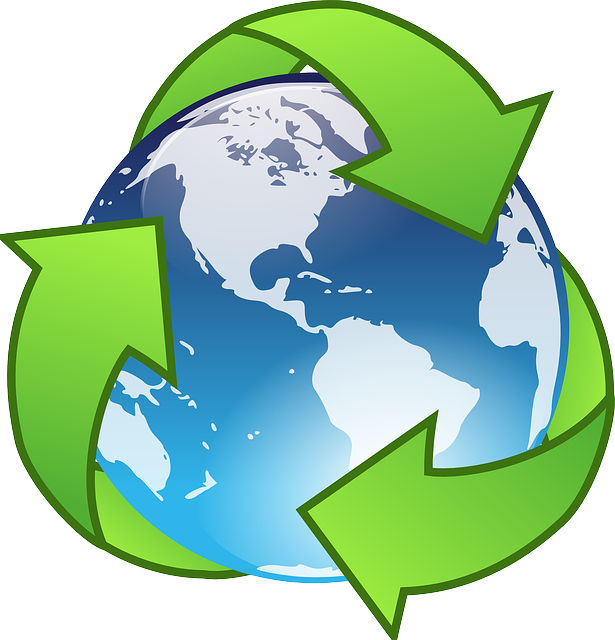 In 2015, 13.82% of its total energy
In 2015, 13.82% of its total energy
consumption was renewable [2]
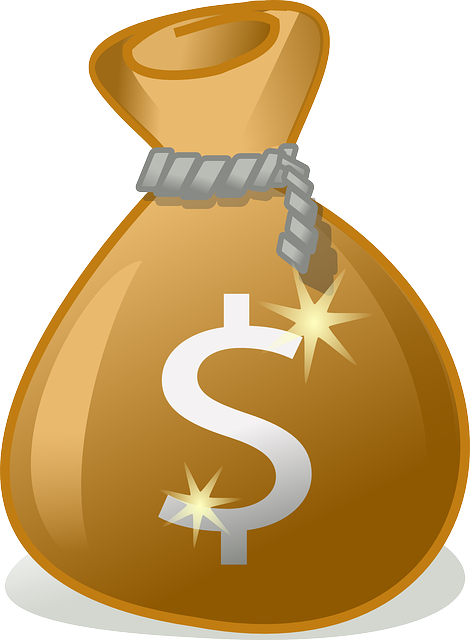 In 2021, its GDP grew by 4.24% [2]
In 2021, its GDP grew by 4.24% [2]
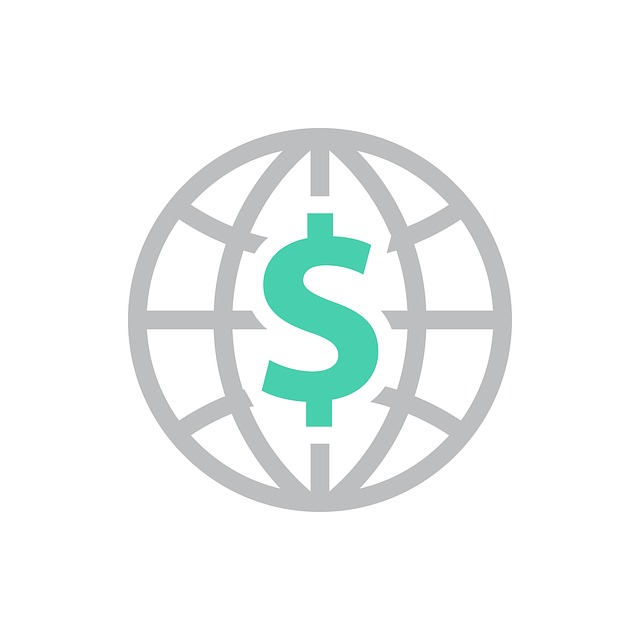 In 2021 it had a positive Current
In 2021 it had a positive Current
Account Balance of US$bn 2.67 [3]
 Its unemployment rate in 2021 was 4.15% [3]
Its unemployment rate in 2021 was 4.15% [3]
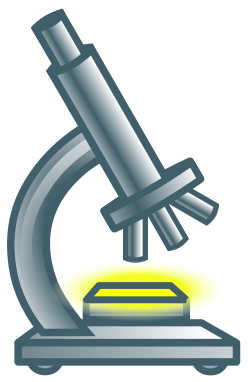 Its Expenditure on R&D (as a percentage of
Its Expenditure on R&D (as a percentage of
GDP) in 2014 was 0.44% [2]
What free trade areas or economic unions is it a member of?
Member of the Andean Community (ANDEAN) since 26/05/1969
Other members:
What trade deals are there between Andean Community and other countries and economic unions?
MERCOSUR - CAN free trade area (from 31/12/2003)
[/vc_column_text][vc_column_text]What trade deals are there with other countries and economic unions?
Ecuador - Mexico partial scope agreement (from 01/05/1983)
El Salvador - Ecuador partial scope agreement (from 16/11/2017)
EFTA - Ecuador free trade agreement (from 01/11/2020)
UK - Andean countries trade agreement (from 01/01/2021)
[/vc_column_text][/vc_column][vc_column width=”1/2″][vc_column_text]Climate change denier, Mining Champion, Sworn Enemy of Green Policies — Gina Rinehart’s Lonely, Determined Path
Lord Waverley: First In, Best Dressed — UK’s Bid to Join Key Regional Trade Agreement
Don’t Expect Miracles from the Multilaterals
Banco FINCA Ecuador: Everything Is Possible with ‘Small-Is-Beautiful’ Model from FINCA
Energy Case Study: Peru
Nicholas Brady: Soccer Finance and the Pragmatist Who Fixed a Debt Crisis
Revenue Watch: 4 out of 5 Companies Fail in Good Governance
The IMF on Prospects for Growth: Latin America & Caribbean
UN Report on International Investor Disputes
Trade with the United Kingdom
Source: UK Office for National Statistics, October 2022.
Contains public sector information licensed under the Open Government Licence v3.0.
Loading, Please Wait!
This may take a second or two.











